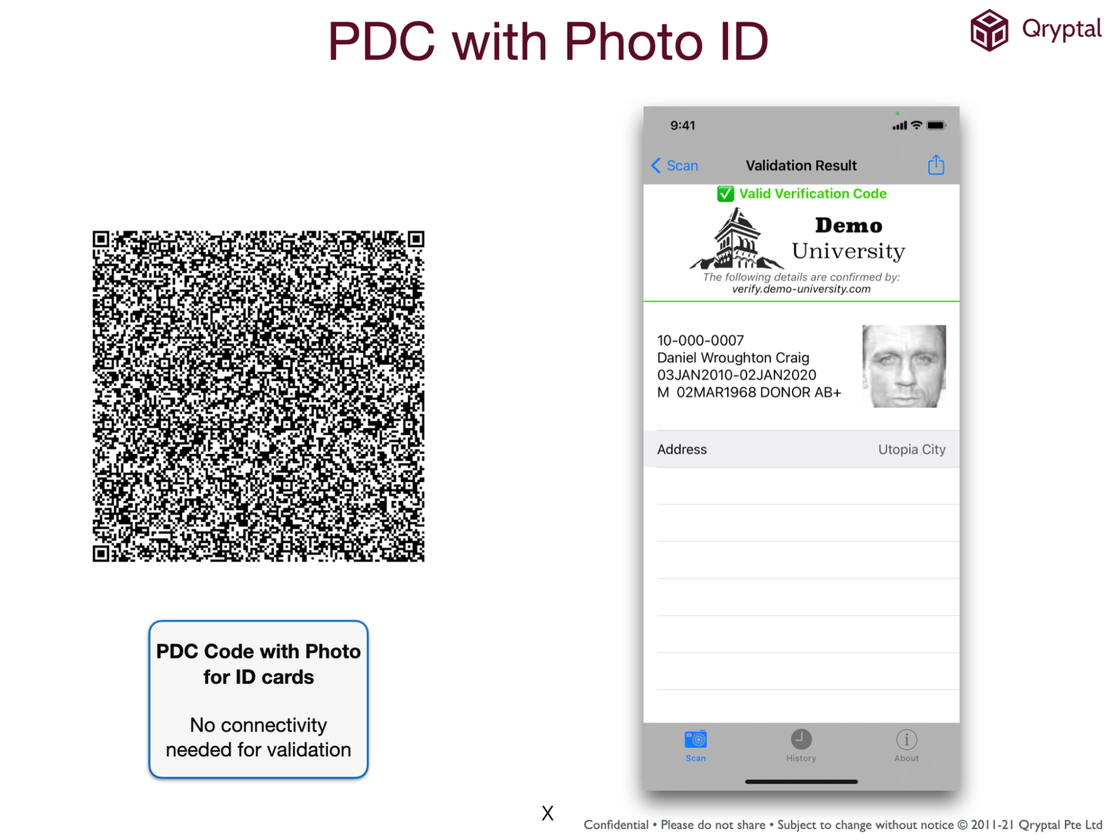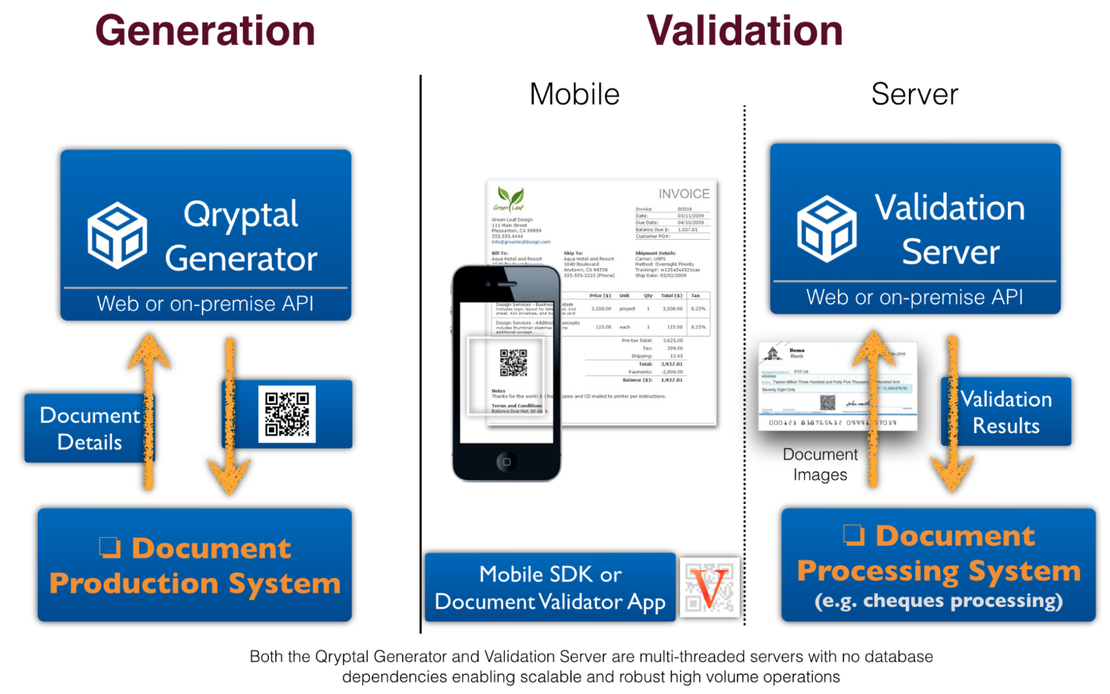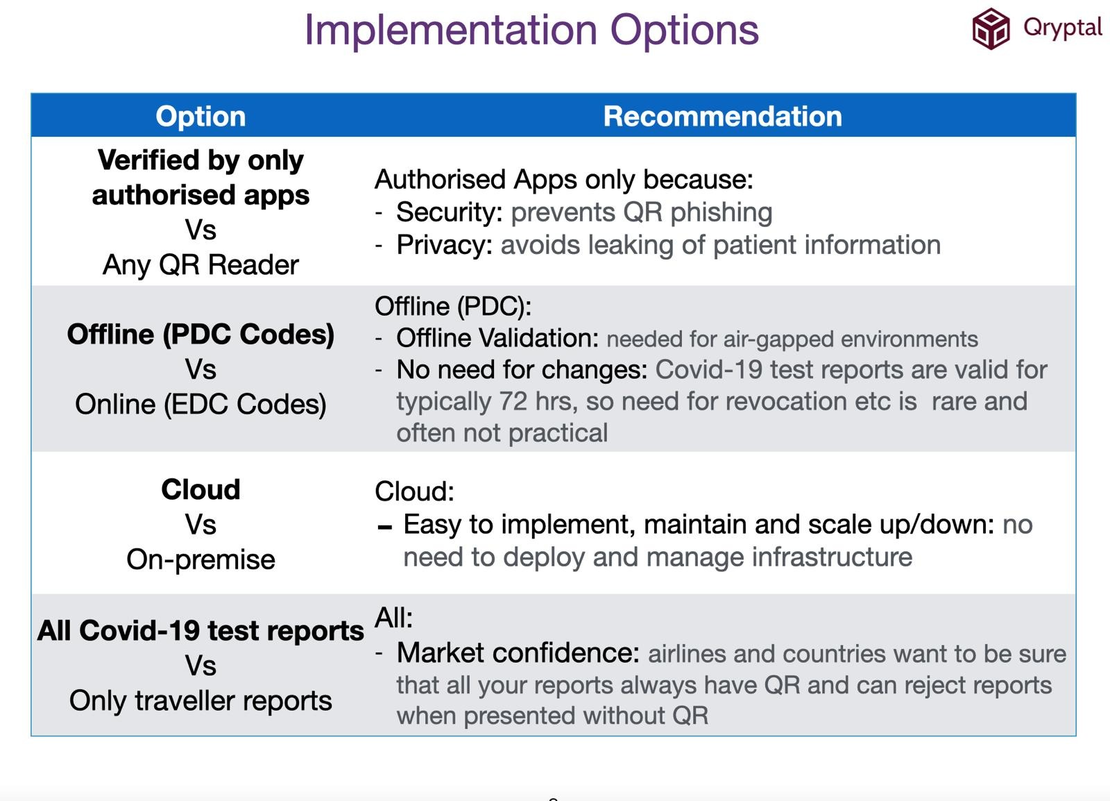The Changing Face of Document Security...
- Rajesh Soundararajan
- Aug 02, 2021
- 4 min read
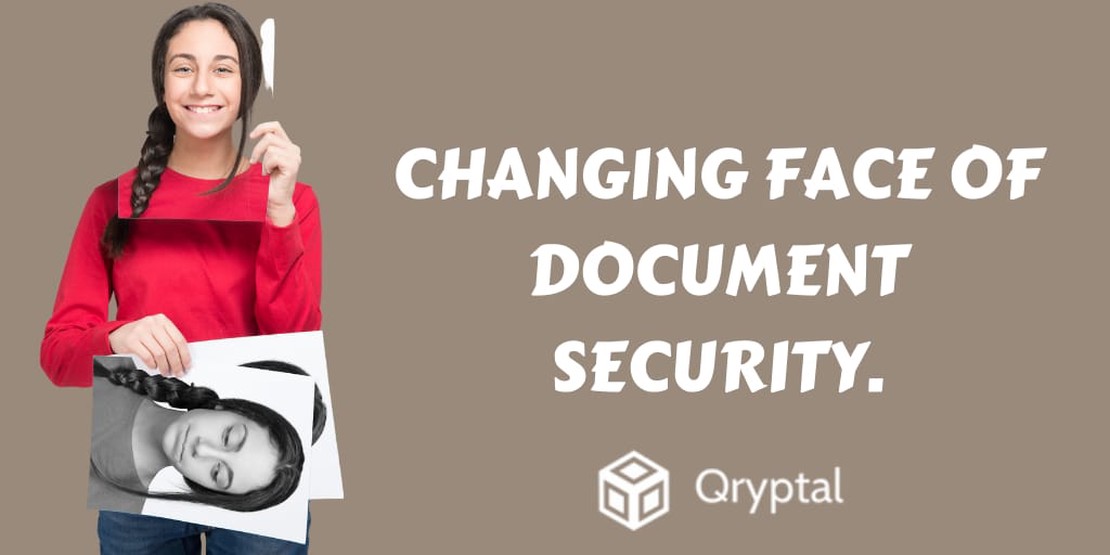
...what Industries and Sectors need to know
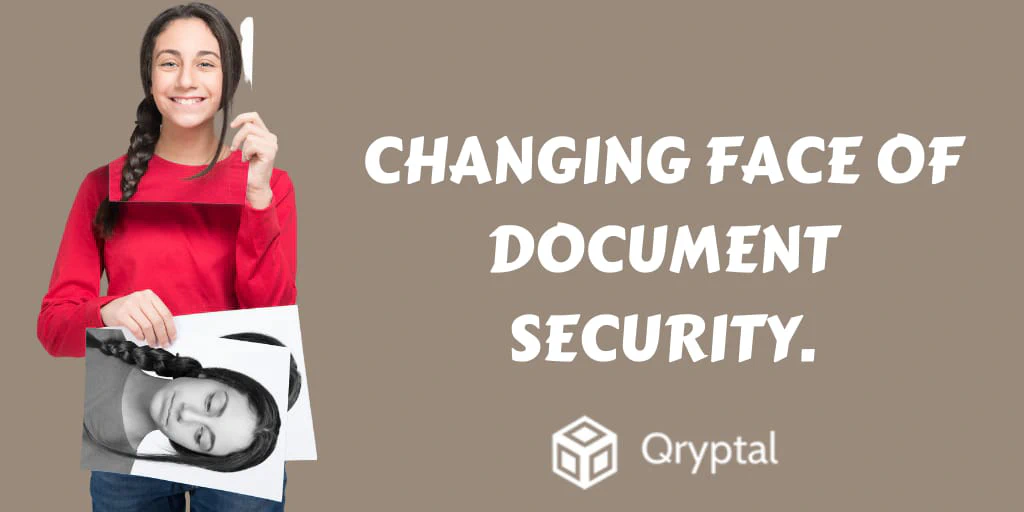
Globally, millions, perhaps billions of dollars, are lost each year due to fake or tampered documents. These may be phoney degree certificates, shipping documents, trade finance documents, bank account statements, hospital bills, laboratory reports, quality and inspection certificates, insurance policies or any of the thousands of possible documents & use cases. The problem has grown manifold because of the advancement of printing technologies that enable the generation of hard-to-distinguish fake or tampered versions compared to the original. One would think that the problem would have been eradicated over decades. Still, it has only increased significantly across industries in this period. Imagine this - even something as new as COVID negative certificates are now tampered globally with impunity, with fake certificates being issued to enable travel and reap many other benefits.
How the Document Security Industry has evolved
Today’s document security industry is way different from a few years ago or even a decade ago. While the problem of document security has possibly existed from the beginning of the printing press, we have been adopting only small and incremental measures to address this problem.
Tampering documents and forgery has happened for a long time, and new challenges have been cropping up with evolving technology. For example, when electronic documents such as PDFs became prevalent, we came across digital signatures in the documents. Yet, there were a few issues.
First, this was not universal and wasn’t widely used across countries and industries. There still were many industries where most of the documents were physical documents - like IDs, cheques or legal reports, certificates etc. Also, the security of physical documents was different from those with electronic records. Physical documents used features such as watermarks, holograms etc.
Second, the digital signatures of electronic documents were not easy to verify.
Finally, electronic documents would lose security once they were printed physically. This was also a problem when trying to convert physical documents to electronic or digital.
Today, with a secure QR code, an integrated solution for both electronic and physical documents is possible. Hence there is no need for segregation where physical documents have holograms or embossments, while the electronic version has digital security. Moreover, other technologies like blockchain have evolved to protect documents across industries and geographies electronically. However, the adoption is still far short of the reality in such a solution. Plus, it doesn’t work for all kinds of use cases and is not always cost-effective or easy to use
Top Industries with the highest need for document security
Almost all industries need documents security such as healthcare lab reports, insurance policies, banking documents, education documents, passports, driving licences and ID cards, to name a few. In light of the current pandemic, we believe the following areas have a need to go for document security immediately.
Ministry of health or Government issued health documents such as Vaccination Certificates, and Lab/Medical reports issued by healthcare providers
Education related documents such as Certificates, marksheets, transcripts.
Banking and financial services documents including insurance.
QR Code led document security is the future
In summary, QR based document security is the future. When we think of document security, people usually think of holograms on documents or documents whose true copies are attested by a notary or government officer. Also, the current popular industry-standard for electronic document security means having documents that are password protected or digitally signed. But as pointed out - this digital signature needs to be verifiable easily. Secure QR codes provide such a solution.
It is very new for the industry and global audience to imagine seamless document security across physical and electronic formats using tamper-proof QR codes. But in reality, document security has come a long way with secure QR codes. Today even though secure QR codes can make a document 100% secure, most people are unaware of this and it seems difficult to understand. We have tried to make it easy to understand the application of QR codes for different use cases through our blog posts.
You may also be interested in -
- Solved: Ability to include Photographs in Secure PDC QR codes
- Why does Secure QR code score over Blockchain?
- 4 Questions to ask before any implementation of QR Codes for Covid Lab Reports
- How Secure QR code technology can help in the COVID-19 triggered e-invoice boom
